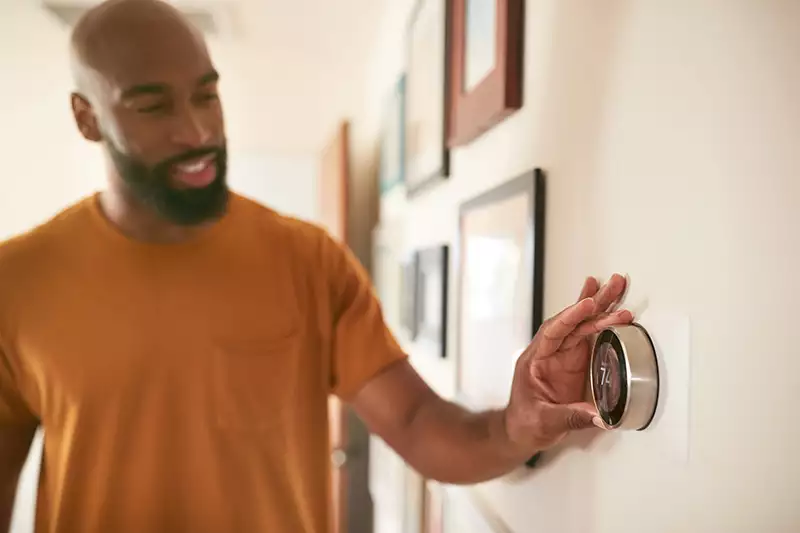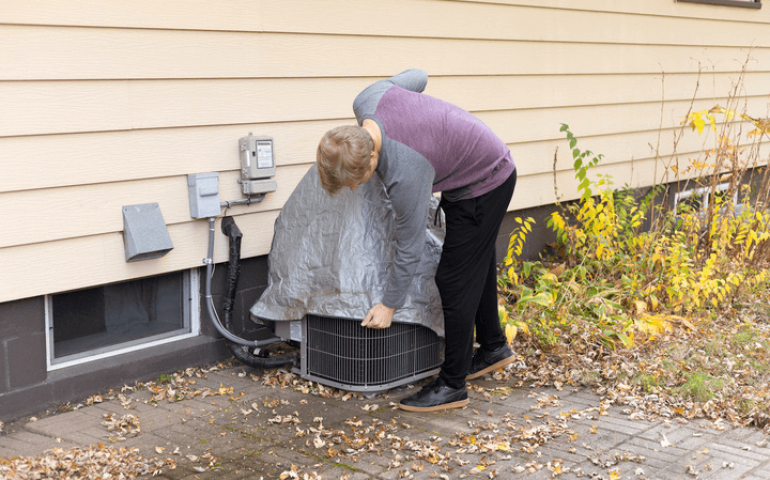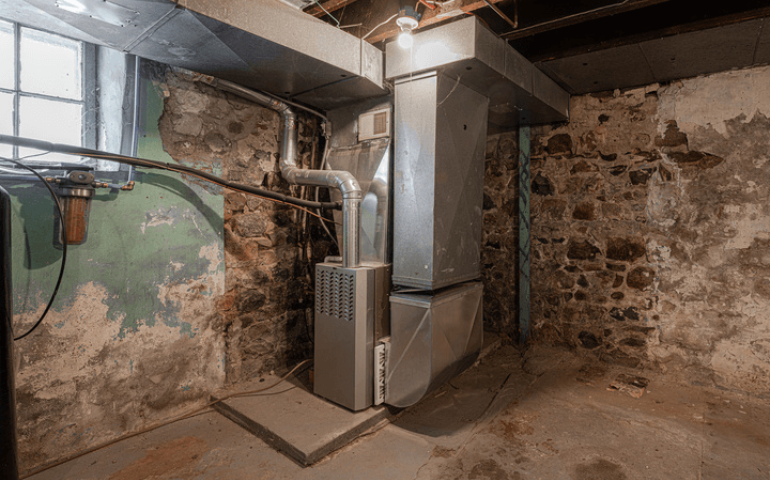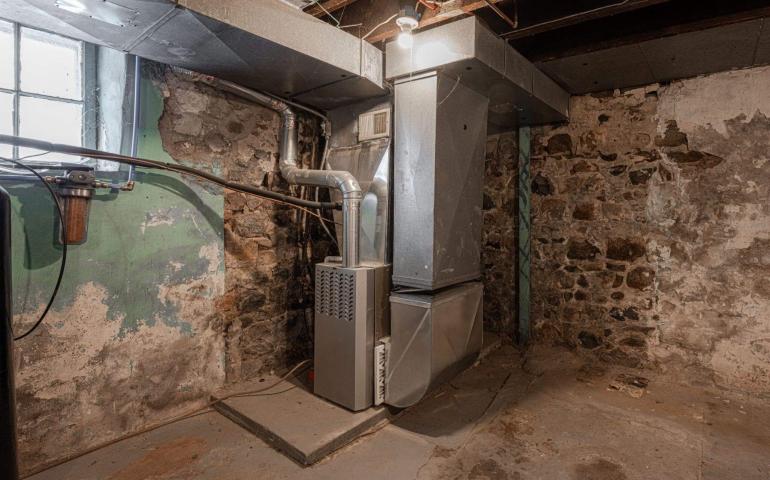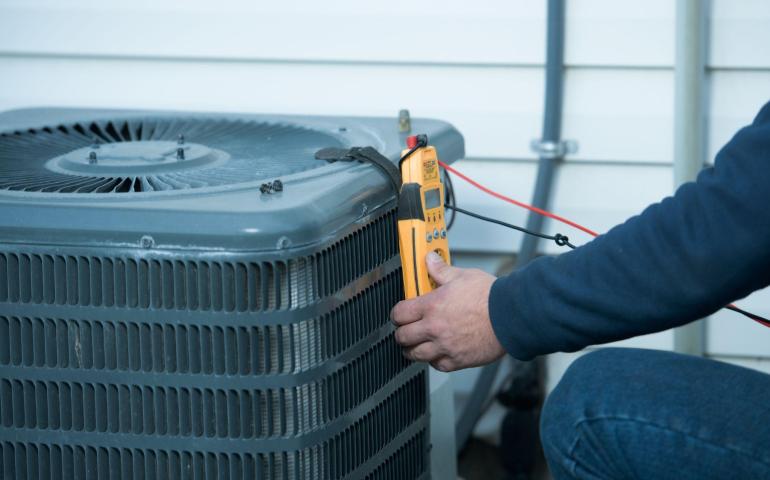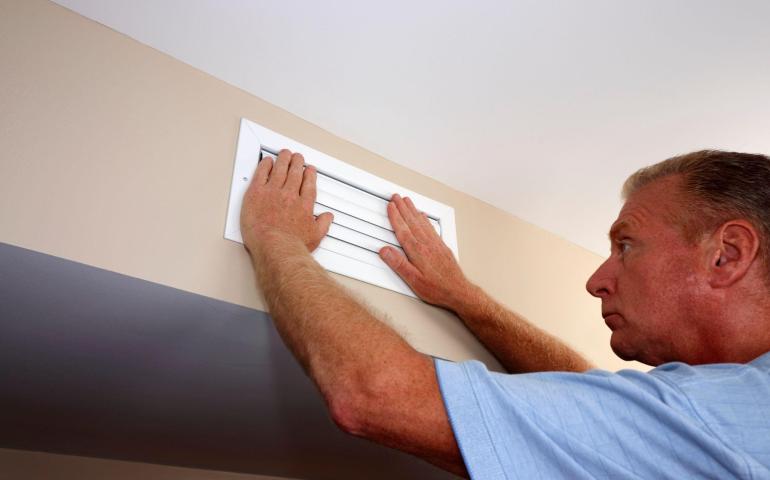A thermostat regulates your home's temperature by monitoring and controlling your heating system's output. Thermostats are fixed with controls that check the room temperature before giving signals to the boiler. The boiler adjusts the heat output depending on the signals received, ensuring that the temperature is comfortable for you.
If you set a particular temperature level on the thermostat, it will adjust your home to that temperature. It will then switch off when the desired temperature is reached so that it does not get too hot.
Where Should You Place Your Thermostat?
Positioning your thermostat well is just as important as getting a quality device. Below are a few tips on how you should strategically place your thermostat for optimal heating and cooling.
In a Regularly Used Room
Frequently used rooms should be maintained at the optimum temperature, which you are comfortable with. It would be best if you placed your thermostat in a constantly used room, for example, the living room. This way, the thermostat will always be responding to the right temperature.
In a Central Location
It is recommended to place your thermostat in a central place in your home. A central location has air circulating freely, giving the thermostat an accurate reading.
Interior Wall
Interior walls reflect the temperature of your home better than outside walls. Exterior walls often have a different temperature because of the weather outside. The weather could be colder outside than inside, making the thermostat heat the house more than is required. Interior walls give accurate temperatures of your rooms, drawing a better response from the thermostat.
Around 5ft From the Floor
Placing your thermostat too high on the wall may make it pick a wrong reading because of the temperature changes. Heat changes, especially a rise in temperature, may result in inflated readings. For an accurate reading, it is recommended to position the thermostat around 5ft from the floor.
Where Should You Avoid Placing Your Thermostat?
Near Windows and Doors
Windows and doors get occasional bursts of warm air and cool breezes. This affects the temperature of a nearby thermostat, switching on the heater when it is not required.
In Direct Sunlight
Placing your thermostat in direct sunlight may potentially give false readings. Direct sunlight can make the thermostat think that the room is much warmer. It will respond by turning on your air conditioner when needed.
The Kitchen
The kitchen has plenty of appliances that generate heat, like ovens and cookers. Even without your heater, your kitchen is probably the warmest place in your home. If you place your thermostat in your kitchen, it will interpret the house's temperature to be just as high. The constant temperature variations in the kitchen may make it difficult for the thermometer to get a correct reading.
Placing your thermostat at the right place is vital for your heating and cooling systems to function correctly. Contact us at Master Mechanical to know more about home heating and cooling systems. You can call us to book our services, and we will respond promptly.

